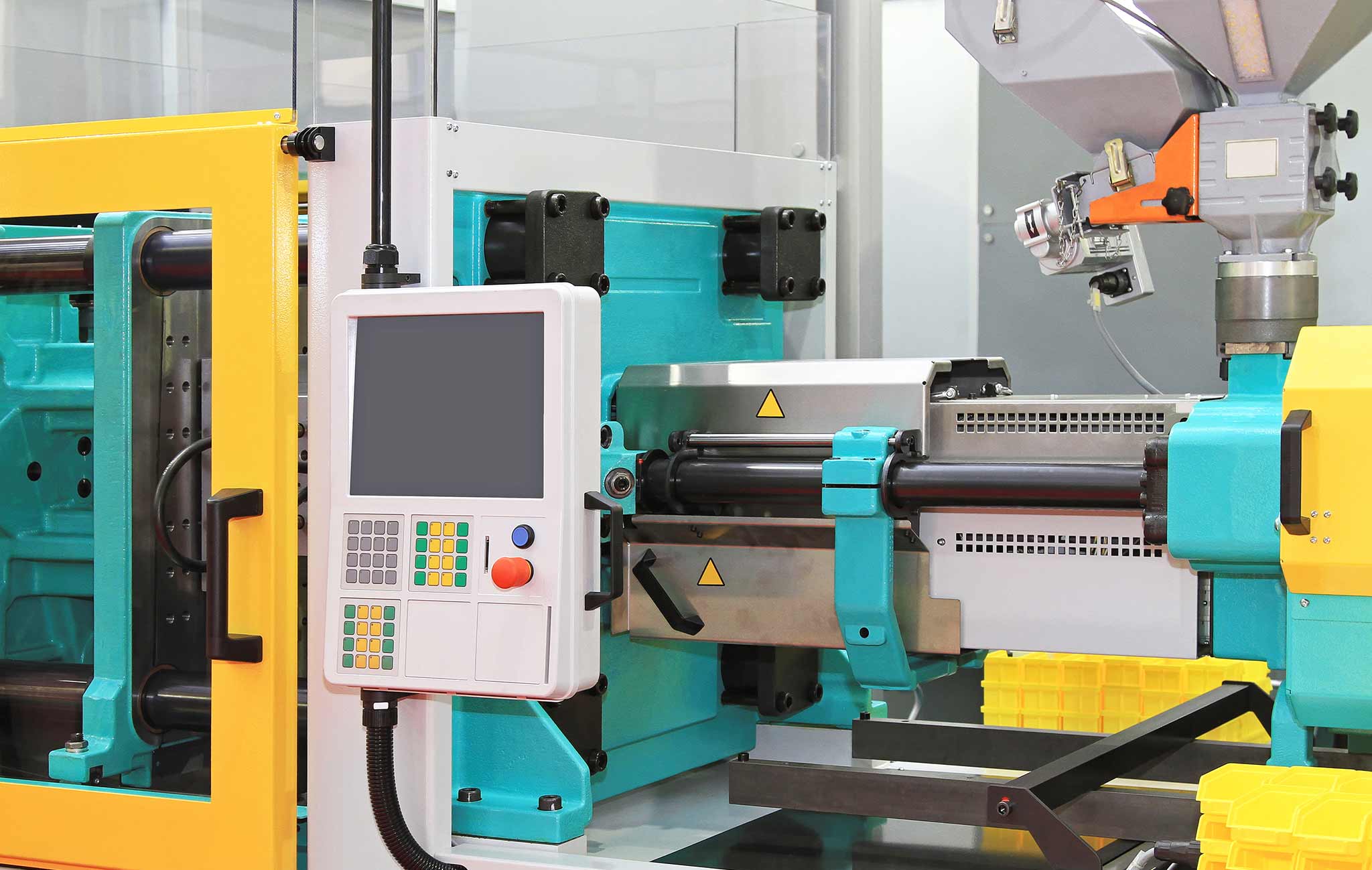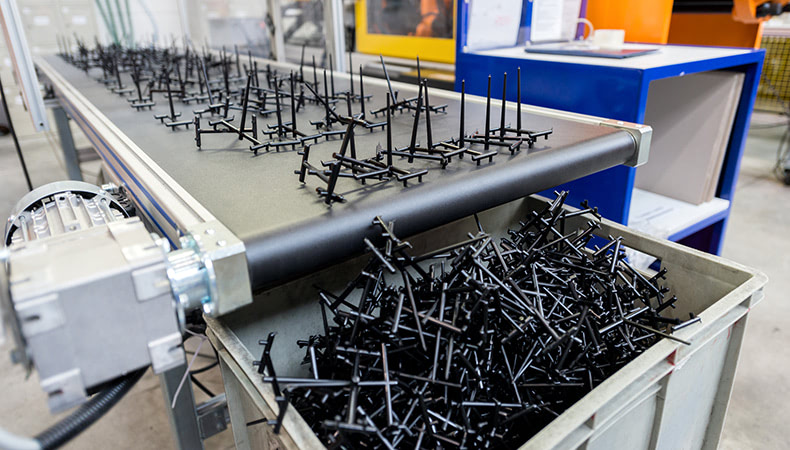Plastic Injection Molding - Truths
Table of ContentsTop Guidelines Of Plastic Injection MoldingThe Only Guide to Plastic Injection MoldingRumored Buzz on Plastic Injection MoldingThe Ultimate Guide To Plastic Injection Molding

If you want to discover further, the overview covers kinds of mould tools, in addition to special ending up procedures such as colours & plating. Words that are underscored can be discovered in the glossary in the appendix ... Part I: Moulding: The Basics The Advantages of Shot Moulding Plastic injection moulding is an extremely accurate procedure that uses several advantages over various other plastic handling methods.
Precision is best for really intricate parts. Compared to other techniques, moulding enables you to include more attributes at extremely small tolerances. Have an appearance at the image to the. You can hold this moulding in the palm of your hand and also it has bosses, ribs, steel inserts, side cores and also holes, made with a sliding turned off function in the mould device.
The molten plastic cools down & solidifies right into the form inside the mould tool, which after that opens to enable the mouldings to be expelled or removed for evaluation, delivery or additional operations. Phase 1Material granules from the receptacle feed into the heated barrel & revolving screw. Product thawed by warm, rubbing & shear pressure is forced with a check shutoff to the front by the revolving screw ... Part III - Past the Fundamentals - Tooling Options Production in China can save you a whole lot of cost, but it can include issues such as shipment hold-ups, miscommunications, substandard top quality and also the documents bordering importation. Using a UK moulder with existing ties to China can remove the risk as well as still lead to cost-saving ... Tooth cavity - The component of an injection mould tool that provides the plastic product its shape, that does the real moulding of the plastic. See mould device chapter on pages 5 and also 6 for all terms connected with the mould device Cycle time - The time it takes for a mould cycle to be finished, i (plastic injection molding).
from material feed Product melting; material injection; shot time cooling down ejection as well as the re-closing of the mould tool ready for all set next cycle. Draft angles - The wall surfaces of a moulded component ought to be slightly tapered in the instructions in which the part is ejected from go to the website the mould tool, to permit the component to be expelled easily.
Ejector stroke - The pushing out of ejector pins to expel the moulded component from the mould device. Ejector stroke speed, size and timing requires to be thoroughly regulated to prevent damages to the ejectors and mould tool, yet at the exact same time make the moulding cycle as brief as possible.
Not known Incorrect Statements About Plastic Injection Molding
Overlocking - When a mould device has actually been established into a moulding equipment incorrectly, causing the tool to close also hard and so damaging the mould tool Part repeatability - The capability to produce similar plastic parts time after time Distance - Flawlessly straight edges are difficult to eject from the mould tool.
Ribs - When a plastic component has thin walls, ribs are contributed to the layout to make the slim walls stronger Side cores - Side action which creates a function on a moulded part, at an opposing angle to the normal opening instructions of the mould device. The side core requires to be able to pull back as the plastic part can not be ejected otherwise.
Wall surfaces - The sides of a moulded component The text on this web page is an example from our full White Paper 'Injection Moulding for Purchasers'.
Manufacturing process for generating components by infusing liquified material into a mould, or mold Simplified layout of the procedure Injection moulding (united state punctuation: shot molding) is a manufacturing process for generating components by injecting molten product right into a mould, or mold and mildew. Shot moulding can be carried out with a host of materials mostly including metals (for which the process is called die-casting), glasses, elastomers, confections, and most frequently thermoplastic as well as thermosetting polymers. Shot moulding is commonly made use of for producing a variety of components, from the tiniest elements to whole body panels of automobiles. Breakthroughs in 3D printing innovation, using photopolymers that do not thaw during the injection moulding of some lower-temperature thermoplastics, can be utilized for some simple shot moulds. Shot moulding utilizes a special-purpose machine that has three components: the injection unit, the mould and also the clamp.
How Plastic Injection Molding can Save You Time, Stress, and Money.

In several dental read caries moulds, each tooth cavity can be identical and also form the very same parts or can be one-of-a-kind as well as form several different geometries throughout a solitary cycle.
When sufficient material has gathered, the material is required at high stress and also rate into the part developing dental caries. The exact amount of shrinkage is a function of the resin being utilized, as well as can be reasonably predictable. To stop spikes in stress, the process normally utilizes a transfer setting corresponding to a 9598% full cavity where the screw shifts from a continuous speed to a continuous pressure control.
The packing stress is applied until the gateway (tooth cavity entrance) strengthens. Due to its tiny dimension, the entrance is normally the initial area to solidify through its whole thickness.: 16 Once the entrance solidifies, no even more product can get in the tooth cavity; accordingly, the screw reciprocates as well as gets product for the next cycle while the product within the mould cools so that it can be expelled as well as be dimensionally steady.